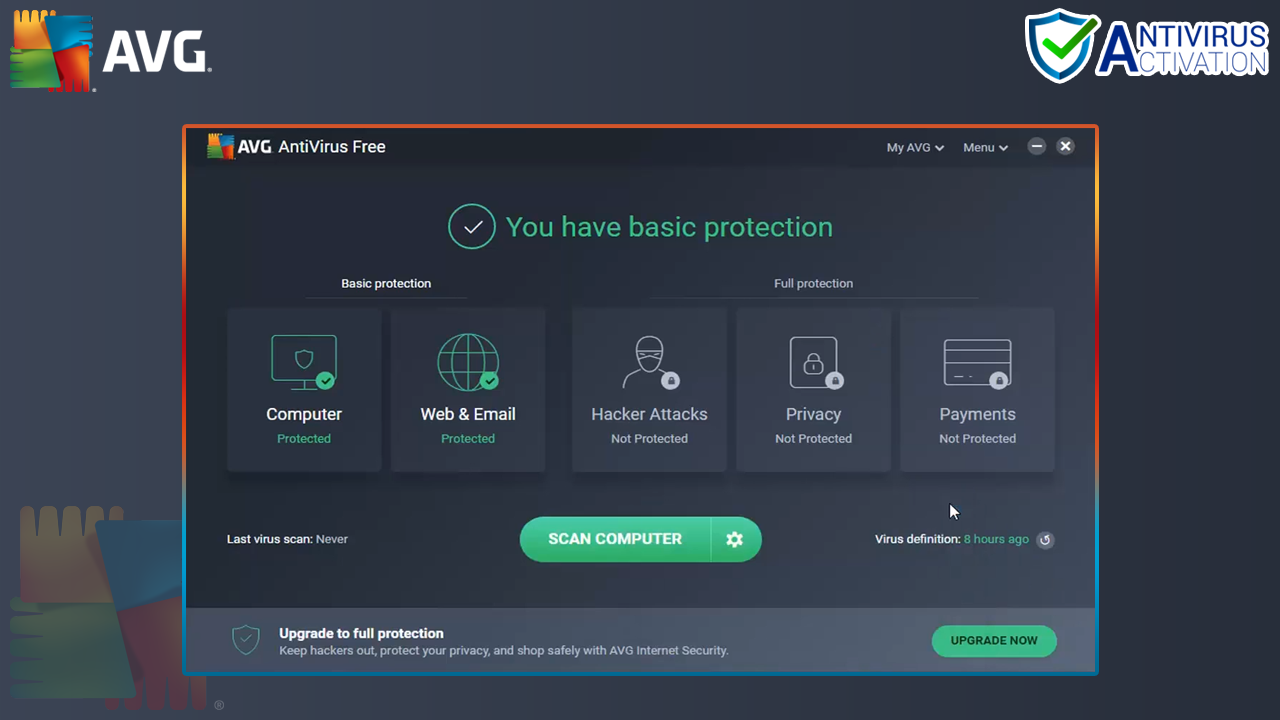

Machine learning models are created by analyzing hundreds or thousands of pieces of malware to find common attributes or behaviors. Antivirus labs use a variety of tools to disassemble viruses, run them in sandboxes, and release timely updates that ensure users are protected from the new piece of malware.Īntivirus programs also employ heuristics and machine learning. When an antivirus program scans a file and notices that the file matches a known piece of malware, the antivirus program stops the file from running, putting it into “ quarantine.” Depending on your antivirus program’s settings, the antivirus program may automatically delete the file or you may be able to allow the file to run anyway-if you’re confident that it’s a false positive.Īntivirus companies have to continually keep up-to-date with the latest pieces of malware, releasing definition updates that ensure the malware is caught by their programs. The definition files contain signatures for viruses and other malware that have been encountered in the wild. That’s why it automatically downloads new, updated definition files - once a day or even more often.
#Antivirus software software#
Your antivirus software relies on virus definitions to detect malware.
#Antivirus software full#
However, you don’t usually have to run full system scans yourself when an antivirus program is already protecting you - it’s always scanning in the background and doing its own, regular, full-system scans. If you want to repair an already-infected computer, inserting its hard drive in another computer and performing a full-system scan for viruses (if not doing a complete reinstall of Windows) is useful. These full disk scans can also be helpful when repairing a computer. This ensures that the latest virus definition files are used to scan your system for dormant viruses.

Most antivirus programs set up scheduled full system scans, often once a week. A full system scan is helpful when you’ve just installed an antivirus program - it ensures there are no viruses lying dormant on your computer. If you download a virus to your computer, your antivirus program will notice immediately - you don’t have to manually initiate a scan first.įull-system scans can be useful for some things, however. (It’s also hard to be sure that the malware has ever been completely removed.)īecause of the on-access scanning, it isn’t usually necessary to run full-system scans. After a virus has infected your system, it’s much harder to remove. It’s possible to use an antivirus without on-access scanning, but this generally isn’t a good idea - viruses that exploit security holes in programs wouldn’t be caught by the scanner. Files are scanned whenever they’re used - for example, if you download an EXE file, it will be scanned immediately, before you even open it.
#Antivirus software archive#
zip archive file may contain compressed viruses, or a Word document can contain a malicious macro. Your antivirus software also does “heuristic” checking, checking programs for types of bad behavior that may indicate a new, unknown virus.Īntivirus programs also scan other types of files that can contain viruses.

Your antivirus software checks the program first, comparing it to known viruses, worms, and other types of malware. When you double-click an EXE file, it may seem like the program launches immediately - but it doesn’t.


 0 kommentar(er)
0 kommentar(er)
